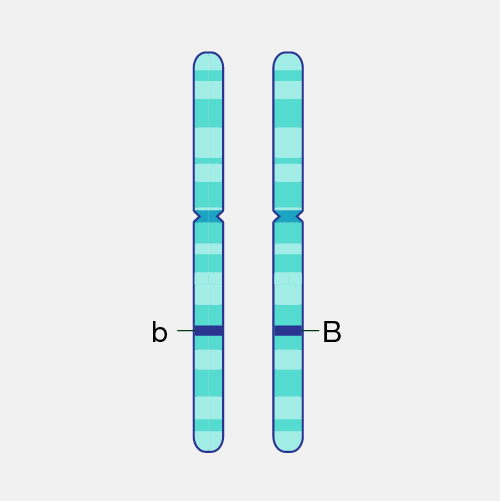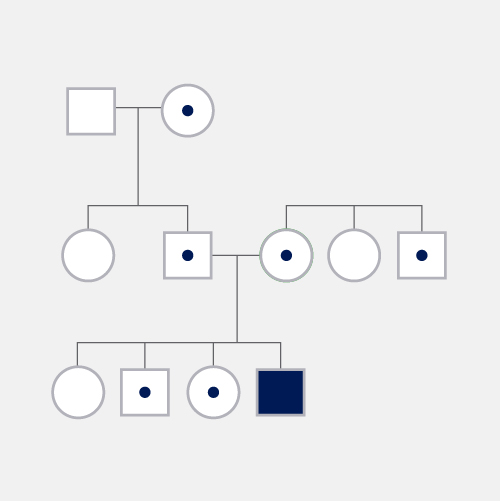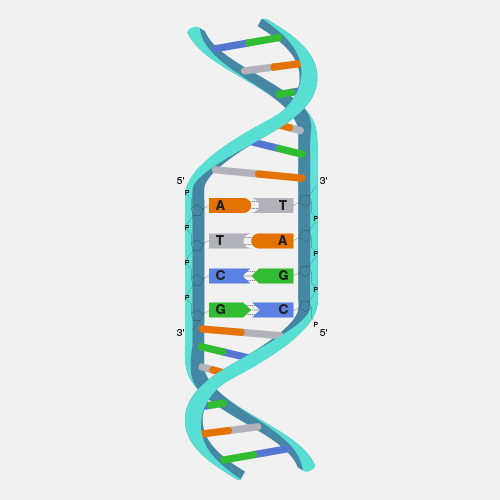
Dominant Traits and Alleles
Definition
Dominant, as related to genetics, refers to the relationship between an observed trait and the two inherited versions of a gene related to that trait. Individuals inherit two versions of each gene, known as alleles, from each parent. In the case of a dominant trait, only one copy of the dominant allele is required to express the trait. The effect of the other allele (the recessive allele) is masked by the dominant allele. Typically, an individual who carries two copies of a dominant allele exhibits the same trait as those who carry only one copy. This contrasts to a recessive trait, which requires that both alleles be present to express the trait.

Narration
Dominant traits and alleles. Dominant refers to the inheritance of traits that are typically passed vertically from parent to child where both the parent and the child are affected by the trait or disorder that is related to that gene. The most common form is autosomal dominant, where the associated gene is on one of the 22 non-sex chromosomes, and where the affected individual harbors two alleles of that gene, one pathogenic and one benign. In this inheritance pattern, harboring one pathogenic allele is sufficient to cause the person to have the trait. Then, an affected person having only one of two copies of the gene being pathogenic is what leads to the 50% chance of inheritance of the trait in their offspring.

Director & NIH Distinguished Investigator
Center for Precision Health Research




